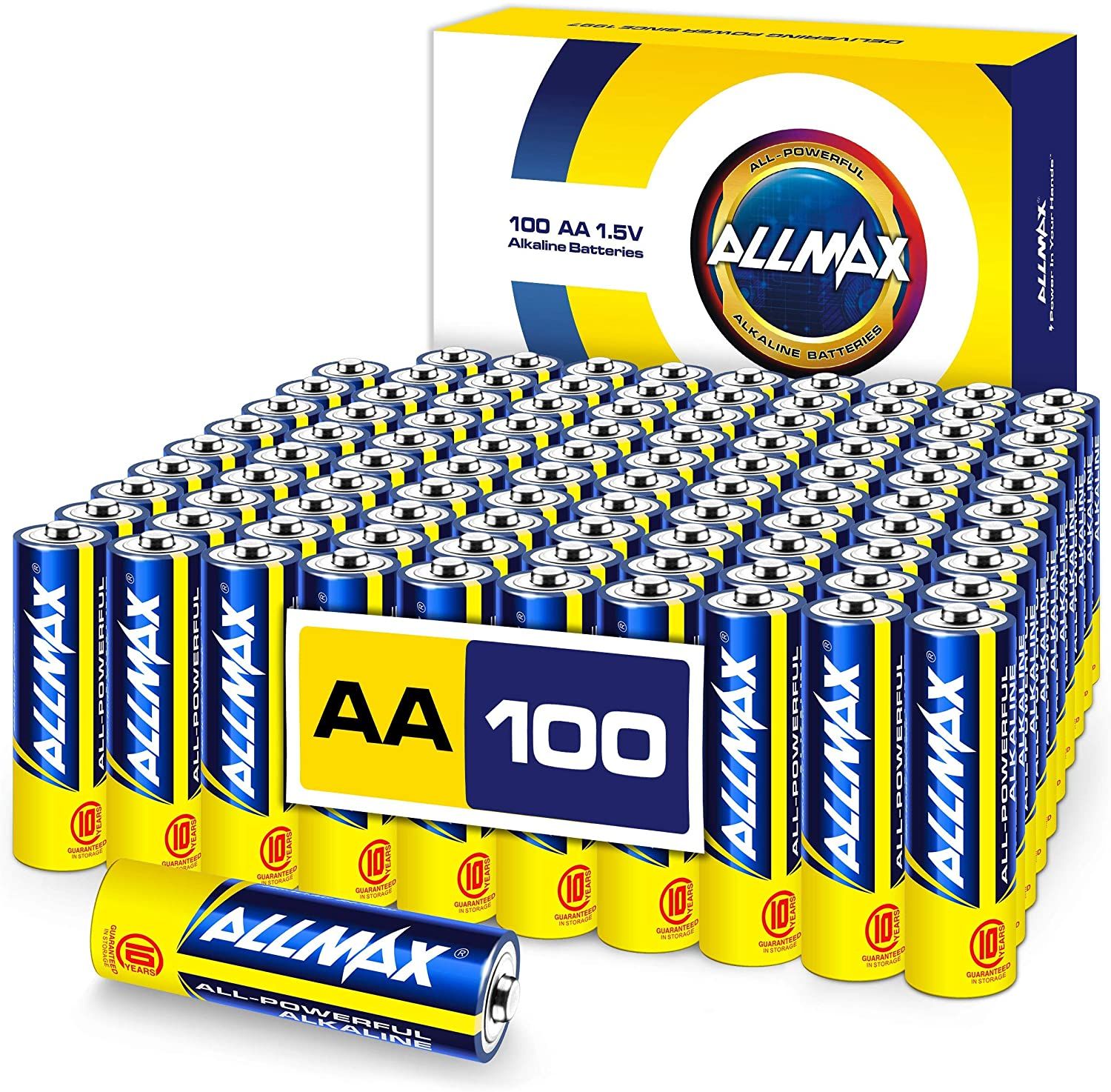
Most external flashes that I have checked are OK with NiCd though. In fact, some flashes and electronic devices can’t use NiCds as the high current can damage circuitry. NiCd batteries can deliver very high current and therefore promise fast recycle times. I still use them on most of my cordless power tools. We’d have our own little hoards, so when the new batteries came in with the shopping they’d all be gone in a flash.Īs a kid and young adult, started using NiCd rechargeables for high drain motorised applications like remote controlled cars and Airsoft guns. That would last my family anything between a couple of days and a couple of weeks, but usually the battery drawer would be empty when I needed to grab a handful to shoot with.

Today, these cost about ten dollars for a bumper pack of 20 batteries. I started out buying AA (LR6) batteries at the grocery store. Here’s my story it’s a typical consumer tale of woe, but there’s hope. There is a bewildering array of batteries available. For some reason Canon still haven’t moved onto Lithium battery packs and so I have to keep dropping in AA batteries. The Canon 580 EX II is a beast of an external flash and it drinks energy like a dehydrated camel knee deep in Lucozade. I have lots of devices that take AA batteries and none more so than my Speedlites. I seem burn through batteries at an alarming rate. You can read also his previous Fuji X100 and Olympus ZX1 reviews. You can follow Dan on twitter Are the Best AA Batteries for Photography? They are high capacity at 2800mAh with a minimum voltage output around 1.27 volts.This is another guest post from Dan on the best AA batteries for photography. The EBL 2800mAh Ni-MH rechargeable batteries are my choice for powering trail cameras. Most brands of rechargeable will only output around 1.2 volts which is not high enough for a lot of trail cameras to function.Ī fully charged set placed inside a trail camera will start to self discharge immediately and will only last around 90 days regardless of usage. They will not suffer any performance drop until the temperature drops into single figures. They’re not as effective as lithium in cold temperatures.

So they will last a lot longer than alkaline batteries.Ĭold weather performance is pretty good. Even after 2 or 3 charges, they will have paid for themselves compared to other battery types.Ī quality rechargeable battery does have a very high capacity that’s on par with a lithium battery. If you’re thinking of using rechargeable batteries then you need as high capacity, slow voltage drain batteries as possible.

But not all rechargeable batteries are the same. Arguably the best AA batteries on the market, but at a price.Ī lot of people will say not to use rechargeable batteries to power trail cameras. Lithium Battery RecommendationĮnergizer Ultimate Lithium Batteries are the brand of choice. The same as alkaline, they end up in landfill once they have drained, so not a great choice for environmental reasons. They do become more cost effective over time as they last far longer. Lithium batteries are expensive as an initial outlay. They can operate in temperatures from -40F to 140° Fahrenheit. The camera will operate fully for the lifetime of the batteries and then stop working completely.Ĭold weather doesn’t affect their performance in the same way as it does with alkaline cells. You won’t see a drop in performance from your camera. High capacity batteries that will power a trail camera far longer than any alkaline batteries will. So no decrease in performance over time from your trail camera with this type of battery. The initial cost of lithium batteries can be up to 3 times that of alkaline, but the capacity is far greater and they’ll provide a constant voltage output throughout the life of the battery. If you choose to go for alkaline batteries, the 2 best performing brands are Energizer Max and the Duracell Ultra Power. What this means is the brightness of the IR flash and trigger speed drop in performance as the batteries drain over time. The voltage output drops at a steady rate. The electrical chemical reactions slow down in colder temperatures which make them a bad choice for this reason. I’d suggest avoiding using alkaline batteries in temperatures below 32 degrees fahrenheit.
:max_bytes(150000):strip_icc()/AmazonBasics-800-mAh-AAA-and-AA--58c6c69f5f9b58af5c5cd599.jpg)
The initial cost is low and they’ll power your trail cam until the voltage drops below 1.2 volts per cell. AdvantagesĪlkaline batteries are cost effective in warmer temperatures. Trail cameras in standby mode don’t consume much power, they are low drain, but as soon as they detect movement, especially at night, they require a lot of power to illuminate the picture and record images onto an SD card.
#BEST AA BATTERIES TV#
Generally speaking alkaline batteries are great for low power consumption items, such as TV remotes, clocks etc. You’ll see these for sale everywhere you go from gas stations to supermarkets.


 0 kommentar(er)
0 kommentar(er)
